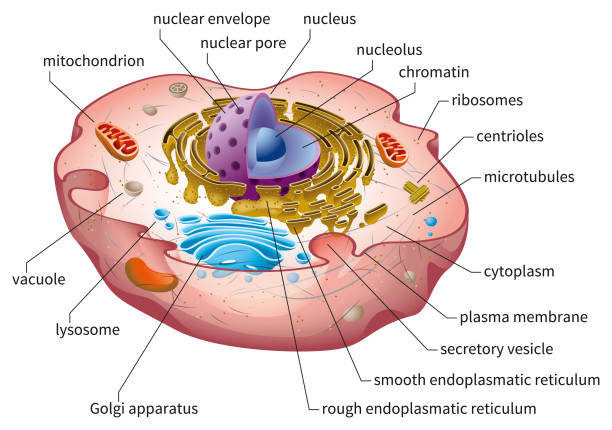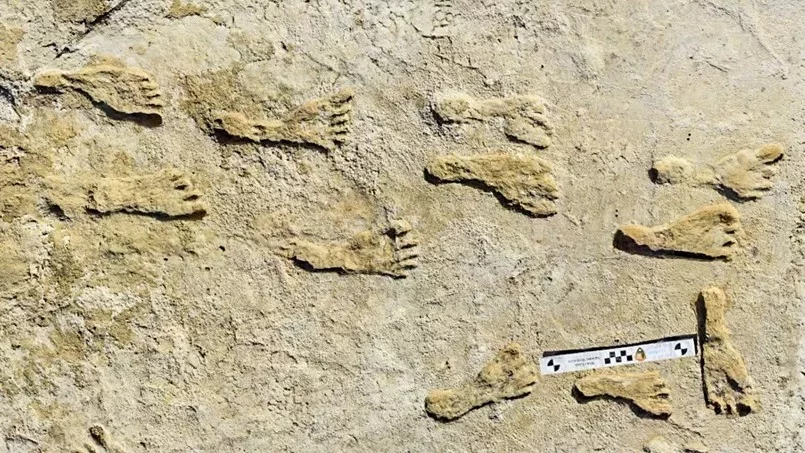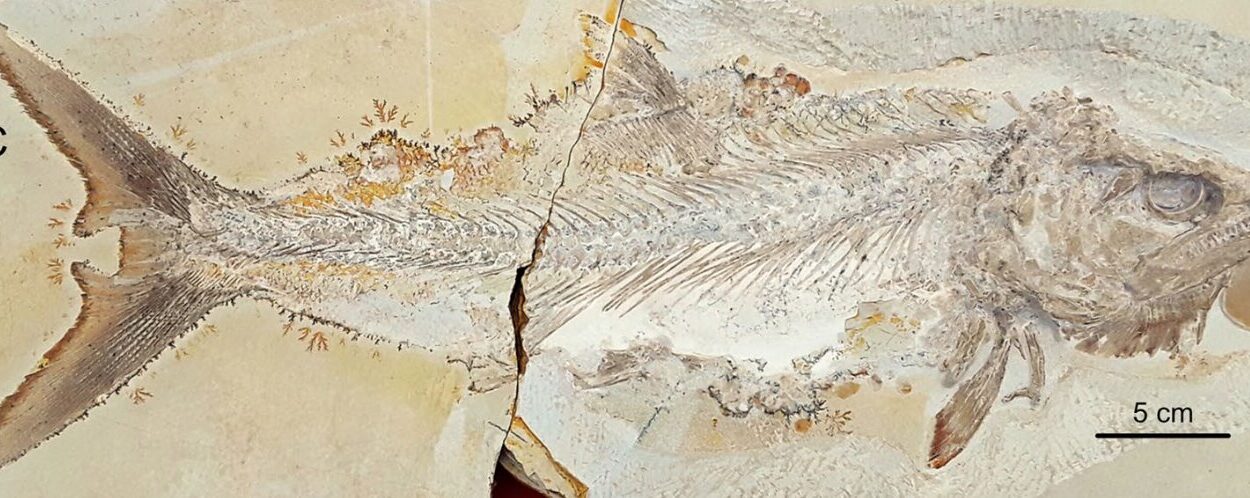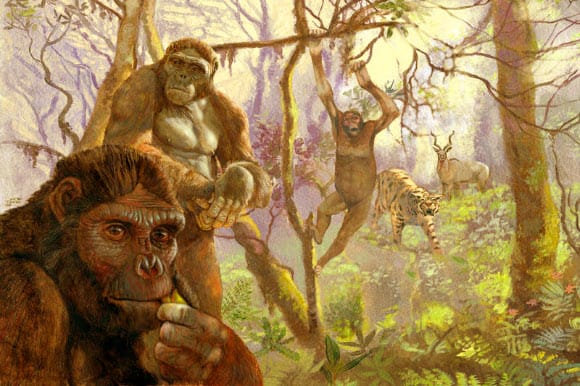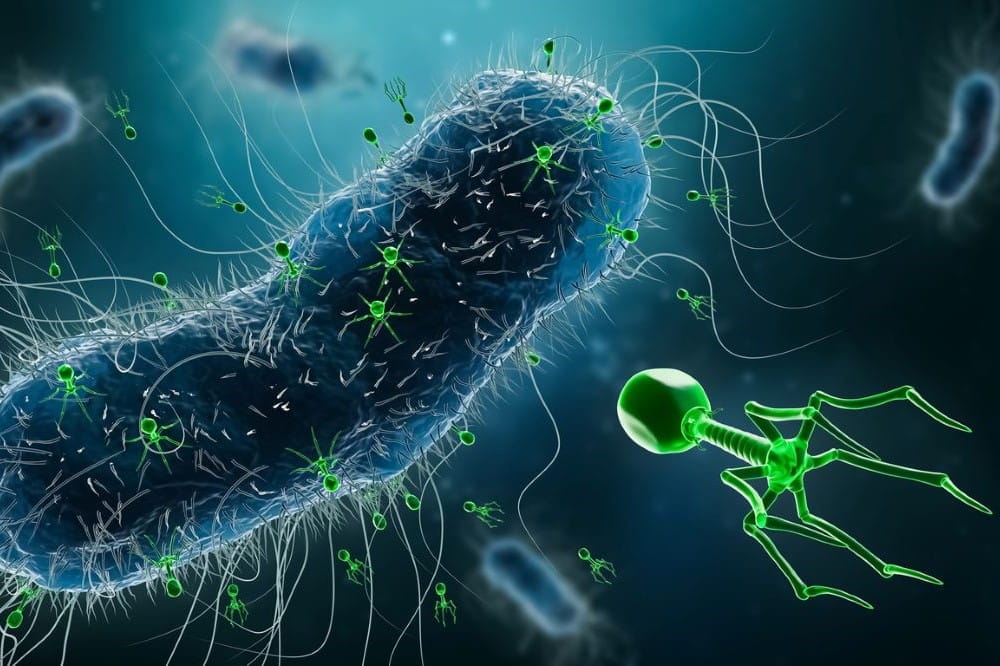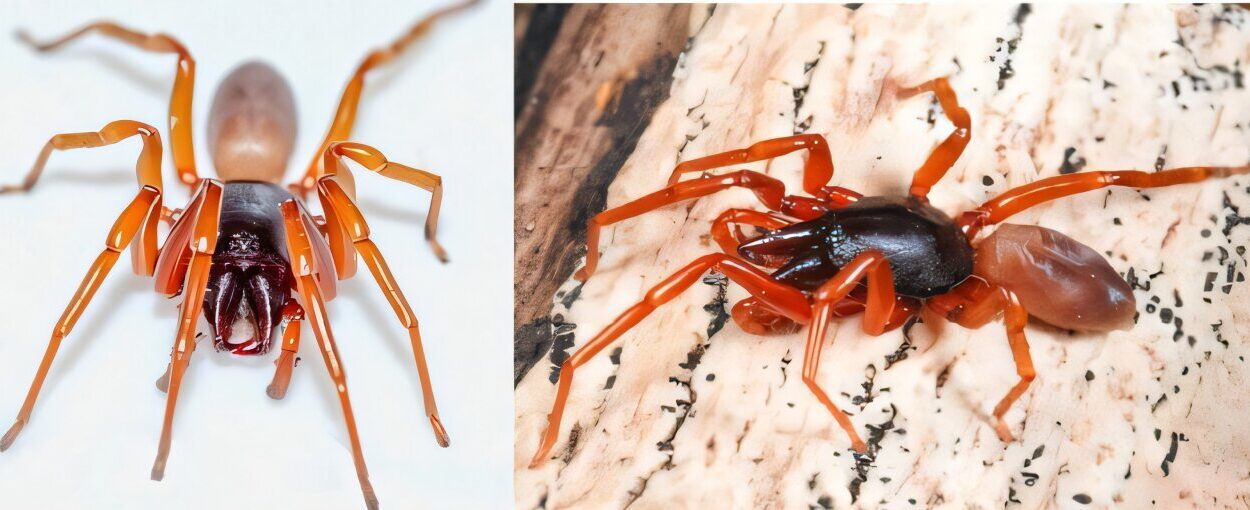It is difficult to imagine that the most potent threats to human life are often invisible to the naked eye. They are the unseen passengers of the world—drifting through air, water, and skin contact—capable of great destruction or symbiotic peace. When we get sick, we might blame a “bug,” a vague villain in our story of illness. But that term conceals a fascinating biological divide, one that draws a line not just in nature, but in the very meaning of life itself. That line separates viruses from bacteria.
To understand how different they truly are, we must venture deep into the microscopic world where life dances with astonishing diversity—and sometimes with startling ambiguity. Viruses and bacteria may both cause disease, and both are tiny beyond comprehension, but their origins, behaviors, structures, and roles in the web of life are wildly distinct. One is alive. The other hovers in a gray area between life and non-life. One can be killed with antibiotics. The other laughs in the face of them. One shaped the early evolution of life. The other needs life to exist at all.
The story of viruses and bacteria is not just scientific—it’s human. Our battles with plagues, our triumphs in medicine, our reliance on microbes for survival, and our fears of pandemics are all entangled with these invisible forces. Their difference is not merely a technicality. It is a key to understanding health, disease, and the fragility and resilience of life on Earth.
A Tale of Two Microbes
Bacteria were among the first life forms to appear on Earth, emerging over 3.5 billion years ago. They are ancient, adaptable, and astonishingly diverse. Bacteria are prokaryotes—single-celled organisms without a nucleus, but with all the machinery needed to sustain life. They reproduce, metabolize, adapt, and evolve. They exist in soil, oceans, human guts, the icy poles, and volcanic springs. Some species are benign or even essential to human health, aiding digestion or producing vitamins. Others are deadly pathogens responsible for everything from tuberculosis to strep throat.
Viruses, by contrast, are enigmas. Discovered only in the 20th century, they are not cells. They are not even alive in the traditional sense. They have no metabolism, no ability to reproduce on their own, and no cellular structure. A virus is essentially a genetic parasite—a snippet of DNA or RNA wrapped in a protein shell. It cannot grow or divide unless it invades a living host. Inside, it hijacks the host’s cellular machinery, turning it into a factory to churn out more viruses. Then it spreads, often causing destruction in its wake.
While bacteria are autonomous, viruses are existential freeloaders, and this key difference explains nearly everything about how they function—and how we fight them.
Life, Defined and Redefined
When scientists attempt to define life, they often rely on a checklist. A living organism must maintain homeostasis, reproduce, grow, respond to stimuli, carry out metabolism, and evolve. Bacteria easily tick all the boxes. They feed, they split in two, they mutate, and they even form complex social structures like biofilms where colonies work together.
Viruses fail most of those tests. Outside a host, a virus is inert. It does not metabolize. It does not maintain internal stability. It does not replicate. Only when it enters a suitable host cell does it spring to life—or something resembling life. It injects its genetic code into the host, subverting its biochemistry, forcing it to make viral proteins and genetic copies. From this, new viruses are assembled and released, often by bursting the cell open. This parasitic strategy is elegantly simple but biologically unsettling. Is a virus alive? The answer is still debated.
Some scientists argue that life should be defined by potential rather than process. Viruses do evolve. They mutate rapidly, sometimes spectacularly so. The flu virus shifts shape yearly. HIV mutates within the same patient. SARS-CoV-2, the virus responsible for COVID-19, spawned variant after variant. These evolutionary tricks are hallmarks of life. Others argue that viruses are more like chemical replicators—life’s ghostly echo—proof that evolution can occur without life as we know it.
This uncertainty gives viruses a unique mystique. They challenge our definitions. They force us to ask what life is. And they blur the line between biology and chemistry in a way that bacteria, for all their complexity, never quite do.
The Genetic Machinery of Difference
Inside a bacterium is a world of molecular machinery. The cell membrane encloses a cytoplasm filled with ribosomes—microscopic factories that build proteins. DNA coils in the center, controlling every function. Some bacteria also carry plasmids—circular pieces of DNA that can transfer traits like antibiotic resistance between species. Bacteria have their own metabolism, meaning they can produce energy from nutrients.
Viruses lack almost all of this. They come in many shapes—spheres, rods, complex geometries like the lunar-lander-like bacteriophage—but inside, the content is sparse. Most viruses contain only a few genes, just enough to trick a host cell into making copies of the virus itself. Some bring along a few helper enzymes, but none carry ribosomes or machinery to make energy. Their simplicity is astonishing and terrifying. The entirety of smallpox—one of the deadliest diseases in history—could fit inside a tiny envelope of protein and lipid, with a genetic message written in just over 200 genes.
This minimalism gives viruses an evolutionary advantage. Their tiny genomes mutate quickly. Their replication is rapid. They adapt faster than any bacterium. But it also makes them utterly dependent. A virus stripped of its host is like a spaceship without fuel—a marvel of design, but motionless.
Reproduction: Autonomy vs. Hijacking
Bacteria reproduce on their own, through binary fission. One cell becomes two, then four, then eight, in a logarithmic explosion of life. Under the right conditions, a single bacterium can spawn millions of copies in hours. Each generation brings the possibility of mutation—a small genetic error that might confer resistance, adaptation, or virulence.
Viruses do not reproduce. They replicate—by stealing. Once inside a host cell, a virus reprograms its genetic software to make viral proteins and assemble them into new viruses. In the case of bacteriophages, viruses that infect bacteria, the process is sometimes even more dramatic. They can inject their DNA into a bacterial cell, lay dormant for years, then suddenly activate, destroy the cell, and release hundreds of progeny.
This reproductive difference is vital for medicine. Since bacteria are living and have their own biochemical pathways, antibiotics can target specific enzymes or cell structures without harming human cells. Penicillin, for example, disrupts the construction of bacterial cell walls, causing the cells to burst. But viruses don’t build cell walls or make enzymes in the same way. They hide within our own cells. Killing a virus often risks killing the host cell too. This is why antiviral drugs are harder to develop—and why prevention through vaccines is often more effective than treatment.
Friend and Foe: Microbial Impact on Humanity
Most people associate bacteria and viruses with disease, but this is only part of the story. Bacteria are, in many ways, our partners in life. Our guts are home to trillions of bacteria—collectively called the microbiome—that aid in digestion, synthesize vitamins, train our immune systems, and even influence our moods. Without these microscopic companions, we could not survive. In the soil, bacteria fix nitrogen, making it available to plants. In the oceans, they recycle nutrients, forming the base of the food chain.
Some bacteria, of course, are harmful. Pathogenic bacteria like Mycobacterium tuberculosis, Escherichia coli (certain strains), or Yersinia pestis (which caused the Black Death) have killed millions. But they are the minority.
Viruses have a darker reputation. And yet, not all viruses are villains. Some phages attack and kill harmful bacteria and are being explored as alternatives to antibiotics. Some viruses insert genes into host DNA and may play a role in evolution. Remarkably, a portion of the human genome—over 8%—is made up of remnants of ancient viral infections. These “fossil viruses” once invaded our ancestors and were passed on. Some may even regulate genes in early development.
So while viruses often cause illness, they are also embedded in our evolutionary history. In the grand design of life, they are both sculptors and saboteurs.
Defense Mechanisms and Medical Frontiers
The human body is not defenseless. Our immune system, a symphony of cells, chemicals, and organs, fights bacteria and viruses with relentless precision. White blood cells engulf invaders. Antibodies tag enemies. Fever raises body temperature to hinder microbial growth.
Against bacteria, we have developed a potent arsenal—antibiotics like tetracycline, streptomycin, and amoxicillin. These drugs target unique bacterial functions, such as protein synthesis or DNA replication. But antibiotic resistance is rising. Overuse and misuse of antibiotics have given birth to superbugs—bacteria that no longer respond to conventional treatment. This growing crisis has reignited interest in alternative therapies, including bacteriophage therapy and probiotics.
Against viruses, vaccines remain our best defense. By exposing the immune system to a harmless version or fragment of a virus, vaccines prepare the body to recognize and destroy the real invader. The polio vaccine, the measles vaccine, and the revolutionary mRNA vaccines against COVID-19 have all saved millions of lives. Antiviral drugs, like acyclovir for herpes or oseltamivir (Tamiflu) for influenza, work by interrupting viral replication, but their range is limited compared to antibiotics.
Understanding the structural and functional differences between bacteria and viruses is the bedrock of these medical strategies. It’s why vaccines target viruses differently than bacterial infections and why taking antibiotics for a viral cold or flu is not just ineffective—it contributes to resistance and harms the microbiome.
The Evolutionary Dance
From an evolutionary perspective, bacteria and viruses are locked in an ancient arms race. Bacteria evolve defenses like restriction enzymes that chop up invading viral DNA. Viruses counter with strategies to evade detection or disarm the defenses. This microscopic warfare has shaped their genomes and behaviors for billions of years.
The discovery of CRISPR—a bacterial immune system that stores viral DNA snippets to recognize future attacks—has not only deepened our understanding of microbial interactions but revolutionized genetic engineering. Scientists now use CRISPR-Cas9 to edit DNA with unprecedented precision, offering hope for cures to genetic diseases and new frontiers in biotechnology.
Meanwhile, viral evolution remains a force of global consequence. The 1918 flu pandemic, the HIV/AIDS crisis, the Zika outbreak, and the COVID-19 pandemic are all reminders that tiny changes in viral genomes can change the course of human history. Surveillance, vaccination, and preparedness now rely heavily on genomic monitoring and virological expertise.
A Final Perspective
In the end, the difference between a virus and a bacterium is not just academic. It is a matter of life and death, health and disease, survival and extinction. These two classes of microbes have shaped the world more profoundly than any empire, revolution, or invention. They have sculpted ecosystems, rewritten genomes, toppled civilizations, and launched medical revolutions.
Bacteria are living survivors—tough, adaptable, ancient. They carry the blueprints of life’s origins and the potential for both healing and harm. Viruses are elusive shadows—technically not alive, but undeniably powerful. They are molecular invaders, sometimes deadly, sometimes subtle, always evolving.
To understand them is to understand ourselves. Our bodies are microbial mosaics, our history a chronicle of infections and immunities, our future inextricably linked to how we coexist with the smallest forms of nature.
The next time you hear someone use the word “bug,” remember: one may be a cell that breathes and divides, the other a whisper of code in a husk of protein. One is life, the other imitates it. Yet both, in their own mysterious way, are part of the story of us.

